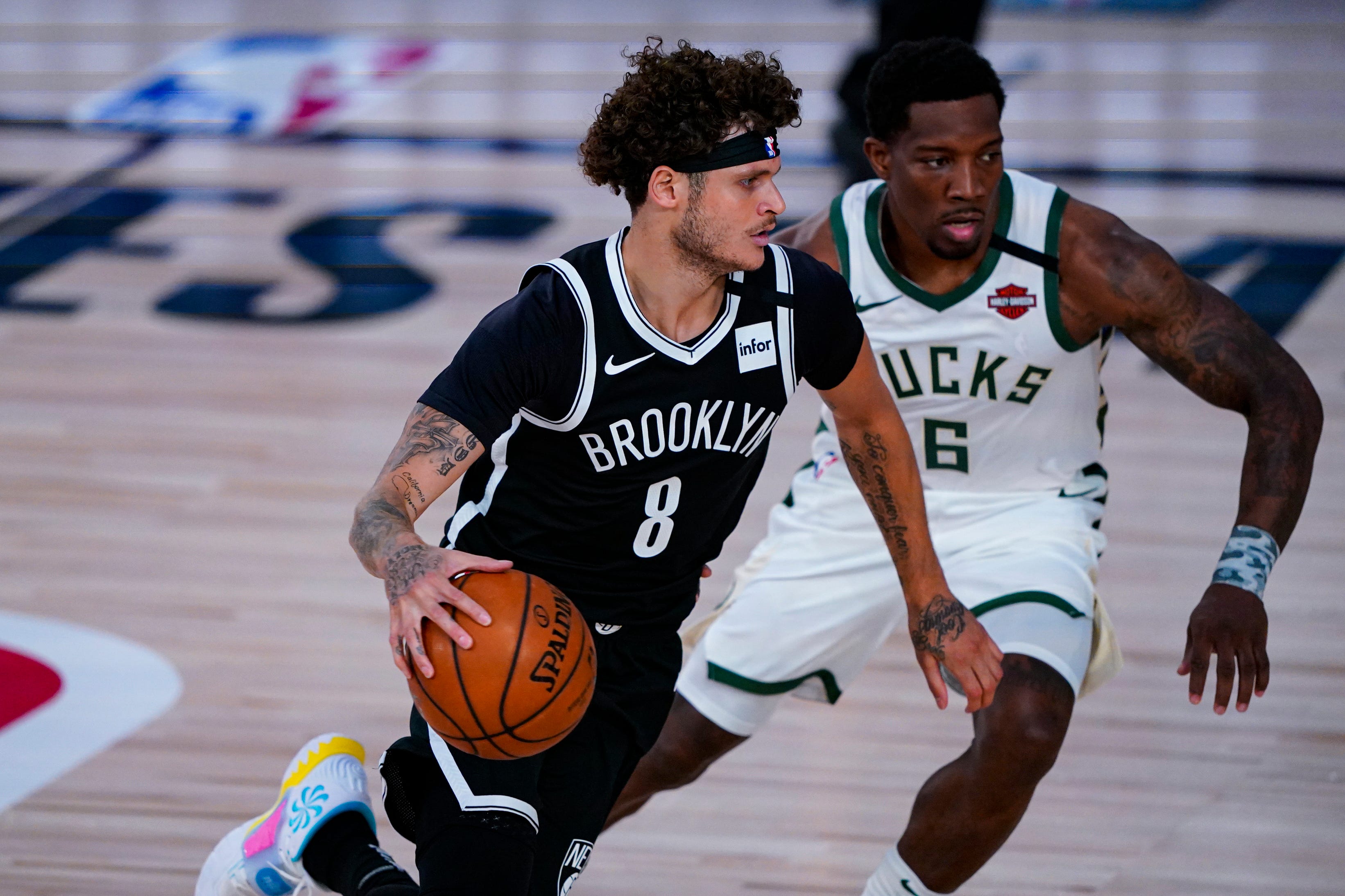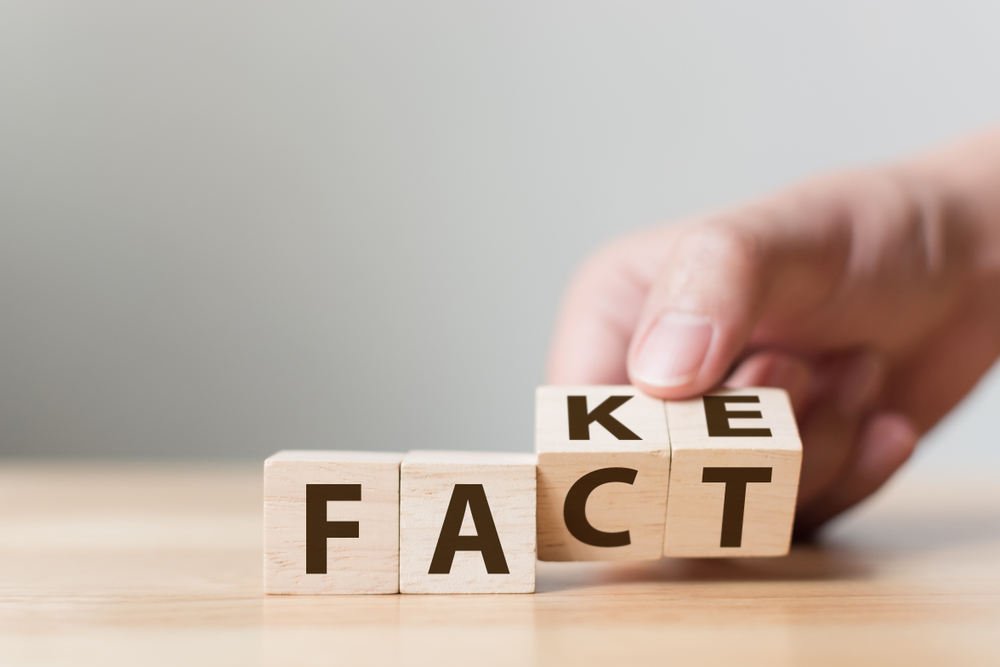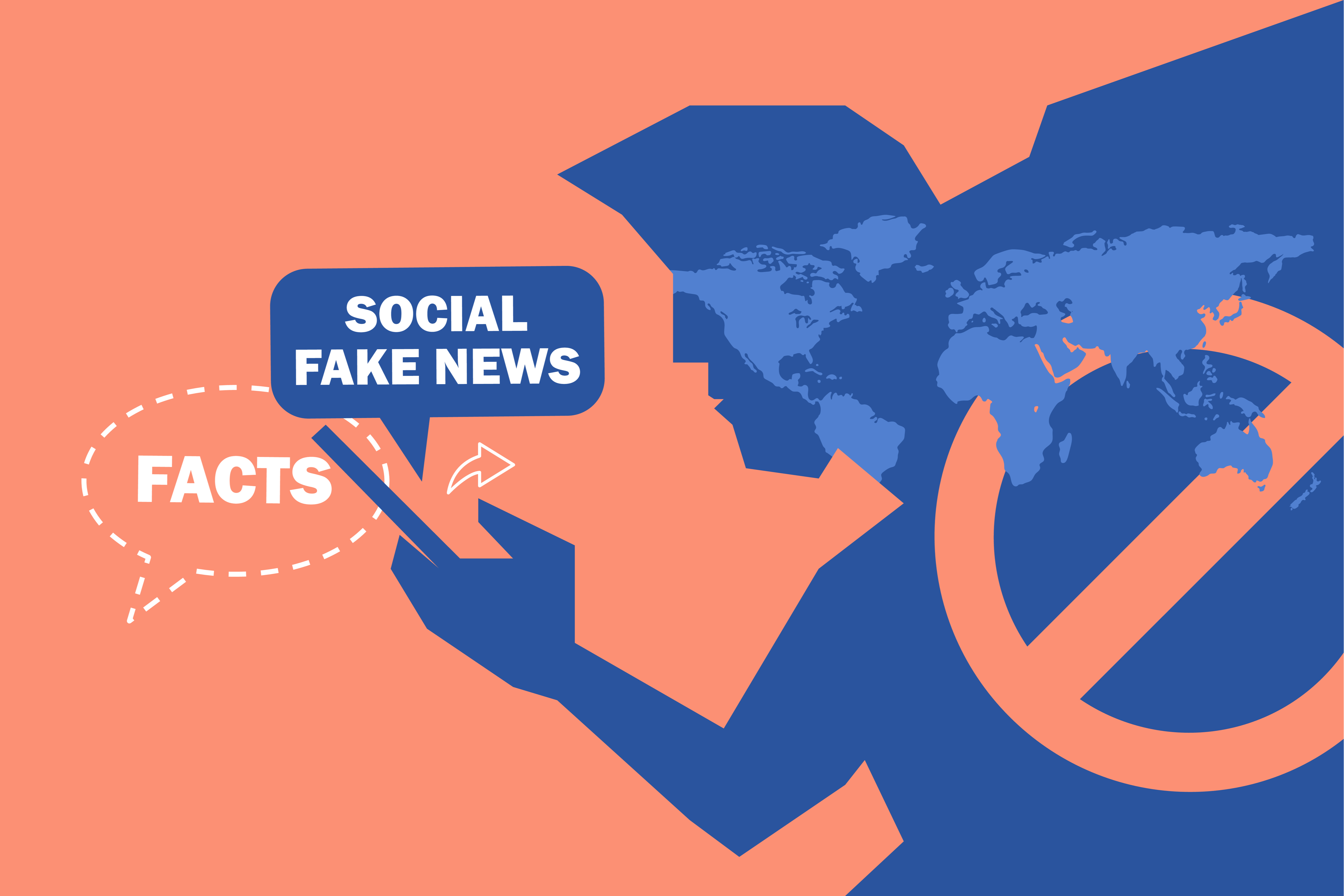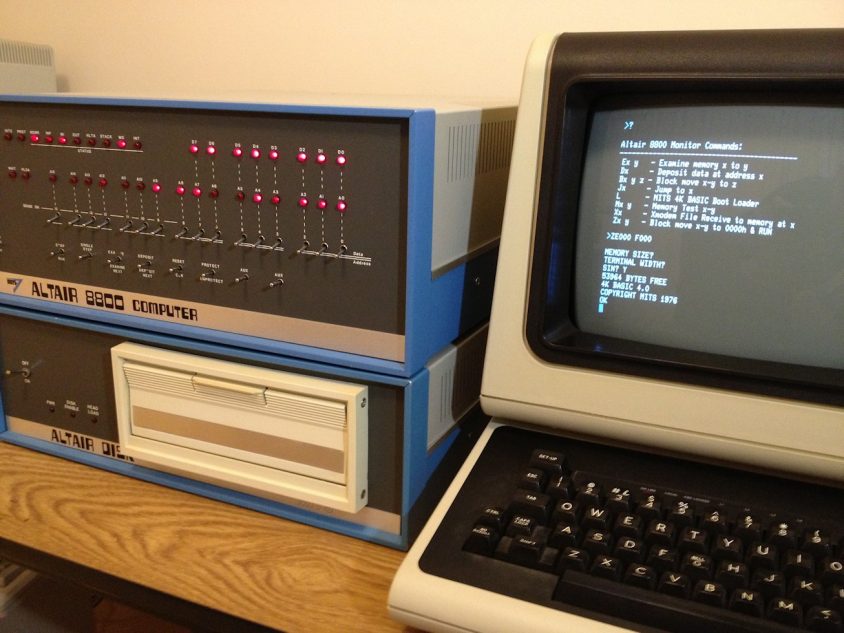Netflix is far and away the largest video streaming service out there with an astounding 204 million subscribers across 190 countries. Only rivaled by the likes of Amazon Prime Video and Disney+. How did Netflix get to be this streaming giant? Let's take a look at what Netflix has done through the years to see how it got to where it is now.
1997
Marc Rudolph and Reed Hastings founded Netflix in Silicon Valley, California, in 1997 to compete with Blockbuster. The name Netflix itself comes from internet flicks. "Net" is short for internet and "flix" is a play-on-words of flicks, another name for a movie.
1998
Netflix launched as a rent-by-mail DVD service that used a pay-per-rental model. Users could log onto the Netflix website and browse from an initial total of 925 titles and put in an order for $4. Netflix would then send the DVD to the user's door. They would watch the movie and when they're finished, they would send it back. Users could hold onto the movie as long as they like, but if they wanted to rent a new one, they would have to send the first one back.
1999
Netflix was growing in popularity fast, so they decided to switch to a subscribers-based model. Users could rent unlimited DVDs for one monthly flat rate.
2000
Netflix introduced personalized movie suggestions based on user's previously watched movies. CEO and Netflix co-founder, Reed Hastings, also tried to partner with Blockbuster and even tried to sell to Blockbuster for 50 million. Hindsight is a funny thing because we know now that Blockbuster went bankrupt because they were unable to compete with Netflix, but they had the chance to buy them outright.
2002
Netflix goes public on Nasdaq, under the ticker, NFLX. The stock initially offered 5.5 million shares at $15 per share. Netflix ends the year with 600,000 million subscribers.
2003
Marc Rudpols steps down and leaves Netflix. Netflix hits a big milestone ending the year with over 1 million subscribers.
2004
Facing their first major controversy, Netflix is accused of failing to deliver on promises. The claimant said that the 3 at-a-time plan went against the unlimited rentals model and that there was no way to guarantee a "one-day delivery", something else Netflix promised. Netflix denied any malintent and an agreement was ultimately settled on.
2005
Netflix doubled its subscribers, ending the year with 2.5 million.
2006
Netflix announces the "Netflix Prize". A contest awarding $1 million to any person or group who could come up with an algorithm to better recommend movies to users. Blockbuster launches Blockbuster Online to compete with Netflix, offering movies online through DVD rentals. Netflix ends the year with 4 million subscribers.
2007
Possibly one of the biggest years for Netflix as they begin video streaming, allowing users to watch movies and tv shows right on their computers. A perfect move by Netflix, almost doubling their users again ending the year with 7.3 million subscribers.
2008
Netflix teams up with Microsoft to release the service on the Xbox 360. Partnering with other electronic companies, users can also stream Netflix on Blu-ray disc players and TV-box setups. Netflix ends the year with 9.4 million subscribers.
2009
Users can now stream their favorite movies on the Playstation 3 and smart TVs. The "Netflix Prize" winner is awarded to "Belkor's Pragmatic Chaos" group. The competition attracted tens of thousands of people across 180 countries. Netflix ends the year with 11.9 million subscribers.
2010
Netflix is now on Apple Devices, like the iPhone, iPad, and iPad Touch, and available in Canada. By the end of the year, there are more subscribers streaming than using the DVD rentals. Hasting declares "By every measure, we are now primarily a streaming company that also offers DVD-by-mail." Netflix ends the year with 18.3 million subscribers.
2011
Another major controversy as Netflix splits its streaming and DVD rentals into two separate services. Users who still wished to use both services would need to pay for two different accounts now. This causes a lot of upset within the community and Netflix loses more than 600,00 subscribers. Amazon releases Amazon Prime Video, which would become Netflix's biggest rival.
2012
Netflix releases in many South American and European countries. By the end of the year, Netflix has 30.4 million subscribers
2013
Netflix releases its first original series, House of Cards, setting a precedent for more original content to come. Blockbusters being unable to adapt to the online streaming world, announce that all stores will close by the end of the year. Netflix ends the year with 41.4 million subscribers.
2014
Netflix sees further expansion in Europe, ending the year with 54.5 million subscribers.
2015
Netflix is released in Japan, Australia, with continued expansion in Europe. The first original Netflix movie is released, Beasts of No Nation. Netflix ends the year with 70.8 subscribers.
2016
Netflix expands to another 130 countries, now total 190 across the globe. Netflix also shows off its new "download feature", allowing users to download content straight to their devices in order to watch movies and shows offline wherever they want. Netflix ends the year with 89.1 subscribers.
2017
A minor controversy, the Netflix account tweeted "To the 53 people who've watched A Christmas Prince every day for the past 18 days: Who hurt you?" Obviously meant to be played for laughs, but some users take it a different way talking about the principle behind the tweet. Netflix made it clear that they the ability to access user's viewing habits sparking controversy over privacy. On a lighter note, Netflix wins its first Academy Award for Best Documentary Short subject for The White Helmets. Netflix hits another big milestone this year reaching 100 million subscribers and ending the year with 117.5 million.
2018
Netflix wins more awards and is the most nominated streaming service at this year's Primetime and Creative Arts Emmy Awards with 112 nominations. Netflix ends the year with 139.3 million subscribers.
2019
This year brings more competition to the streaming world with AT&T, Apple, and Disney all laughing the own streaming service. Even still, Netflix sees an incredible increase in subscribers ending the year with 167.1 million
2020
A strange year for many with the beginning of the pandemic, but with everyone staying indoors Netflix's subscriber count increased to the highest it ever has in a year, ending off with 203.7 million subscribers.
2021
The year isn't even halfway over so it's impossible to predict where will Netflix will go from here. Netflix has over 15,000 titles, over 16 times as many titles as they had at release, and its stock price is $555, 37 times higher since going public. Netflix's biggest rivals right now are Amazon Prime Video with 150 million subscribers and Disney+ with 95 million subscribers. Amazon Prime Video looks relatively tame, but Disney+ could seriously give Netflix a run for its money. Disney+ gained nearly half the amount of subscribers Netflix did in quite literally a 20th of the time.



.jpg/1200px-Johnson2_(8442861525).jpg)









